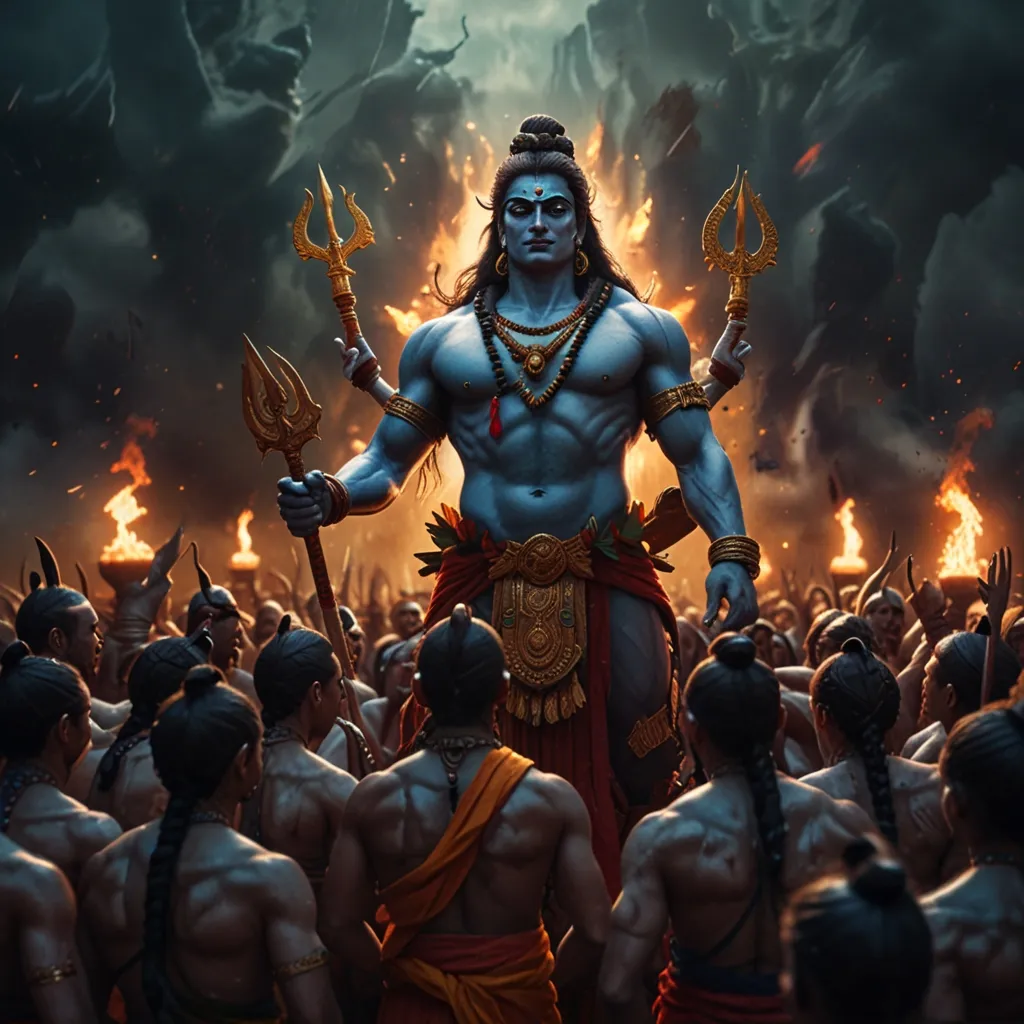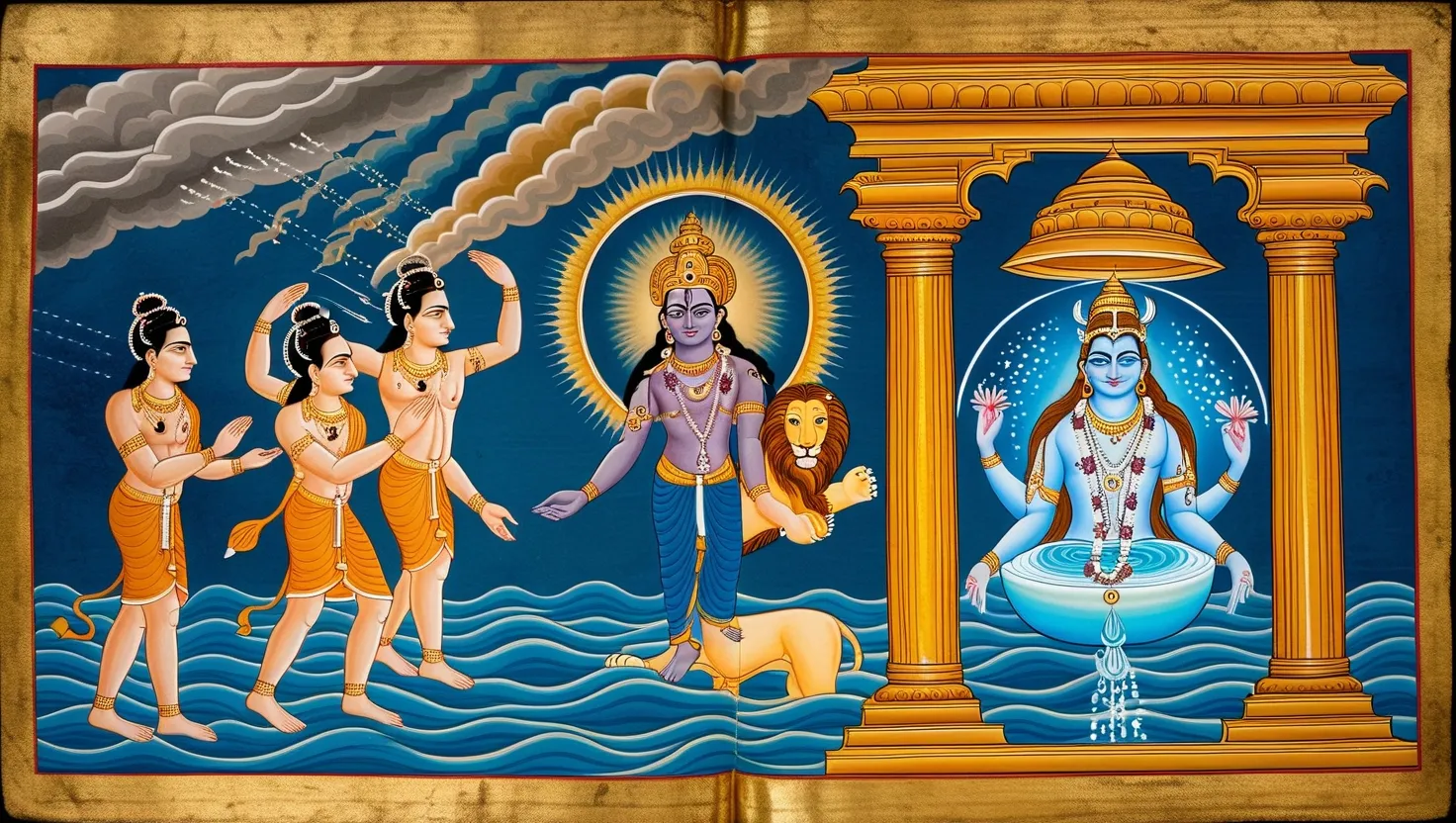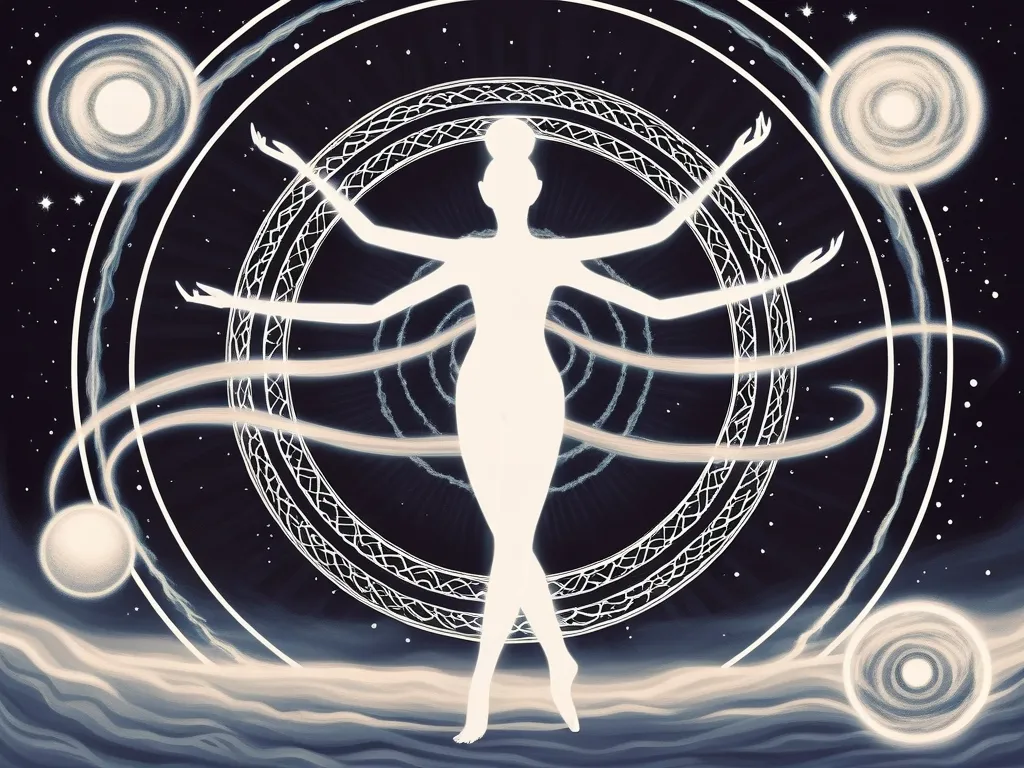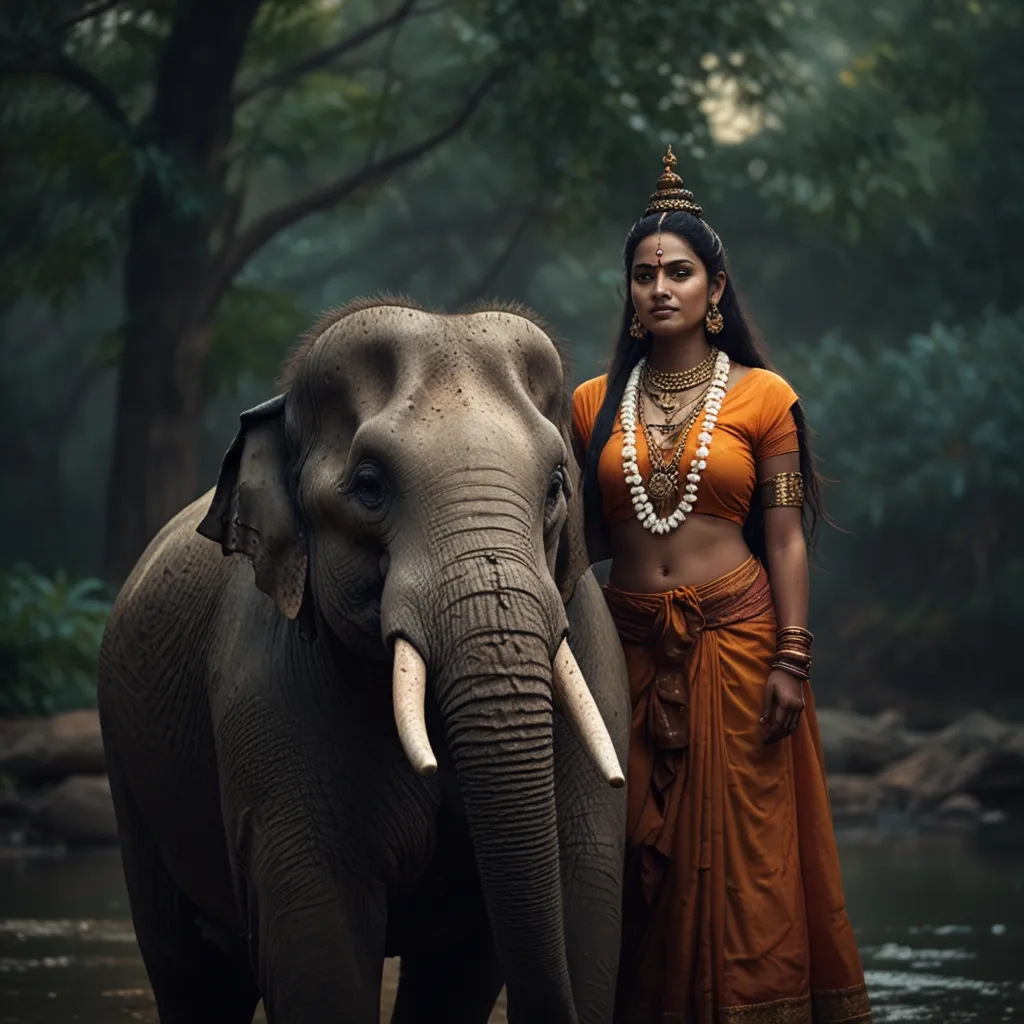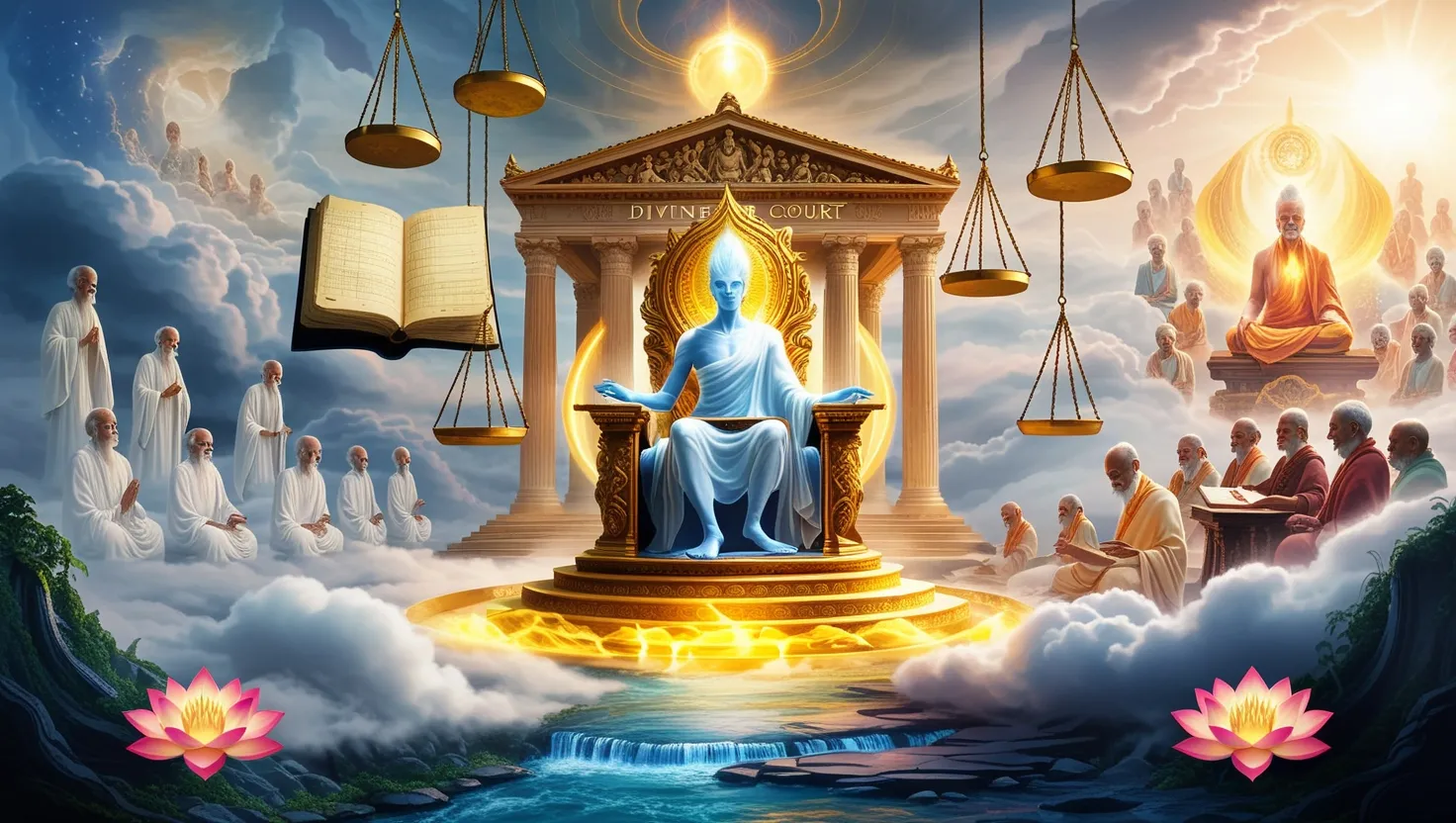The story of Daksha’s Yajna in Hindu mythology truly packs some dramatic punch. Imagine a grand event designed to honor the celestial gods, only to dissolve into utter chaos and fury. This tumultuous tale is centered around Shiva, Sati, and her disrespectful father, Daksha.
First off, let’s introduce Daksha. He was a bigwig Prajapati, kind of like a ruler among gods, who decided to organize an unprecedented yajna. This was no small affair; he invited the crème de la crème of the Hindu cosmos. However, he intentionally snubbed his son-in-law, Shiva, and his own daughter, Sati. Insider sources say that Daksha considered Shiva to be inadequately refined for his exalted gatherings.
Sati, being a dutiful daughter and loving wife, was left wounded and humiliated by her father’s flagrant disrespect. She couldn’t ignore this bald-faced snub and determined to go to the yajna anyhow, despite Shiva’s warnings. Picture her entrance; she arrives and is immediately greeted with condescending disdain. The reproach was heavy, and the pain too intense for Sati to endure. In a heart-wrenching impulse, she decided to immolate herself right there in the sacrificial fire. The tragedy is palpable – a profound mix of sorrow and anger.
Now, imagine Shiva receiving this news while in deep meditation. His grief is colossal, but anger quickly replaces it. And not just any anger – think about a tempest wrapped in fury. In his rage, Shiva tears a lock of hair from his head and smashes it on the ground, summoning two ferocious beings, Virabhadra and Bhadrakali. These were no ordinary creations; their sole mission was to inflict havoc and avenge Sati’s death.
Virabhadra and Bhadrakali, armed with their entourage of Bhutaganas, which essentially are hordes of fierce spirits, stormed the yajna site. Imagine the gods’ reaction as they scrambled to defend themselves. Sage Bhrigu, determined to salvage the yajna, conjured an army through his divine prowess. Despite the stellar line-up, this army was like paper flapping in the face of a tornado when compared to the rampaging duo Shiva had unleashed.
The destruction was swift and seemed almost indiscriminate. The Bhutaganas went on a rampage. They slashed and pummeled the worshippers. The damage tally is staggering; Saraswati and Aditi got their noses cut, Yama’s staff was shattered, Mitra lost his sight, Indra was trampled, Pushan had his teeth knocked out, Chandra was mercilessly beaten, and so forth. Even Bhrigu did not escape unscathed; his beard was shorn, and Vahini had his hands severed.
Daksha, at this point, probably knew he had crossed a line he could not uncross. Desperate, he attempted to flee but was quickly apprehended by Virabhadra. What followed depends on the version of the tale you hear. In one version, Daksha is decapitated, only for his head to be replaced with that of a goat. This act was a symbolic bow to humility and repentance. Seeing this, Shiva, merciful even in his rage, forgave Daksha and restored his form.
The aftermath is rather poetic. Brahma and Vishnu swoop in to console Shiva. They recognize and admit the chaos caused by obstructing the yajna, urging Shiva to restore balance and harmony. Shiva, still stricken by grief, understands the necessity of cosmic balance and eventually calms down.
Now, let’s talk about how this all dovetailed into the larger picture of Hindu mythology. This cataclysmic event didn’t just blow over. It led to the birth of the Shakti Pithas, holy sites where pieces of Sati’s body, carried by Shiva in his anguish, fell. These spots turned into revered temples dedicated to Mahadevi, a supreme deity in Shaktism, epitomizing the divine feminine.
But the story doesn’t just wrap up there – enter Parvati, Sati’s reincarnation. Parvati eventually marries Shiva, becoming a critical player in Hindu mythology. She symbolizes ultimate grace and power, marking a cosmic reset and representing the stability of divine femininity in the mythos.
This story isn’t just a tale set in stone; it’s a resonant narrative echoing respect, humility, and the fallout of one’s actions. It vividly illustrates the delicate relationships between the gods and underscores themes that transcend time and morality codes.
So, the legend of Daksha’s Yajna stays ponderous within Hindu mythology, reminding us of the power dynamics at play, the sheer extent of Shiva’s devotion to Sati, and the transformative repercussions of love and disrespect. It’s a story that underscores how deeply emotions run, even in the realm of the divine, and how they shape the mythical and spiritual landscape of one of the world’s oldest religions. The drama, the intensity, and the lessons rooted in this tale offer a vivid glimpse into the cultural and spiritual fabric that holds Hindu mythology together.
